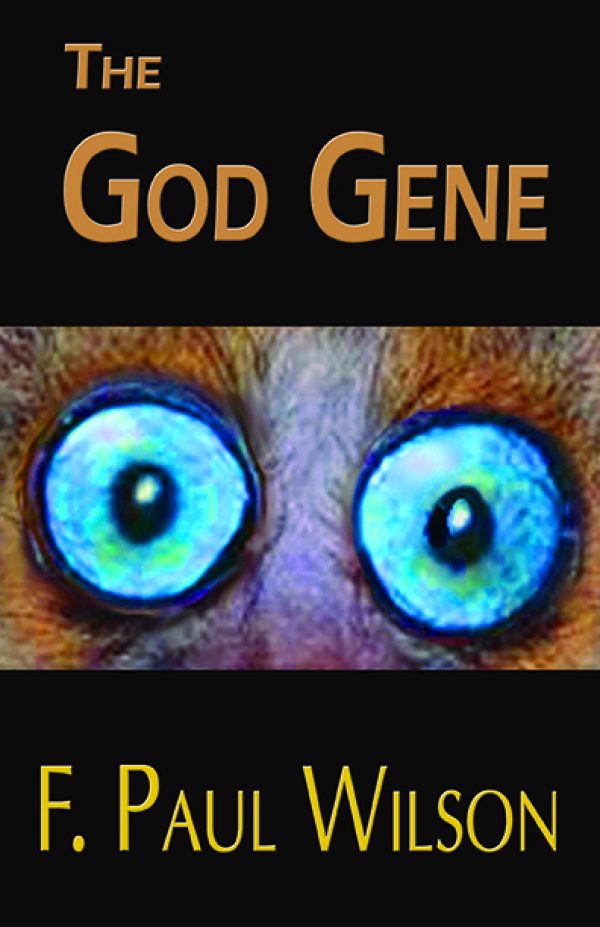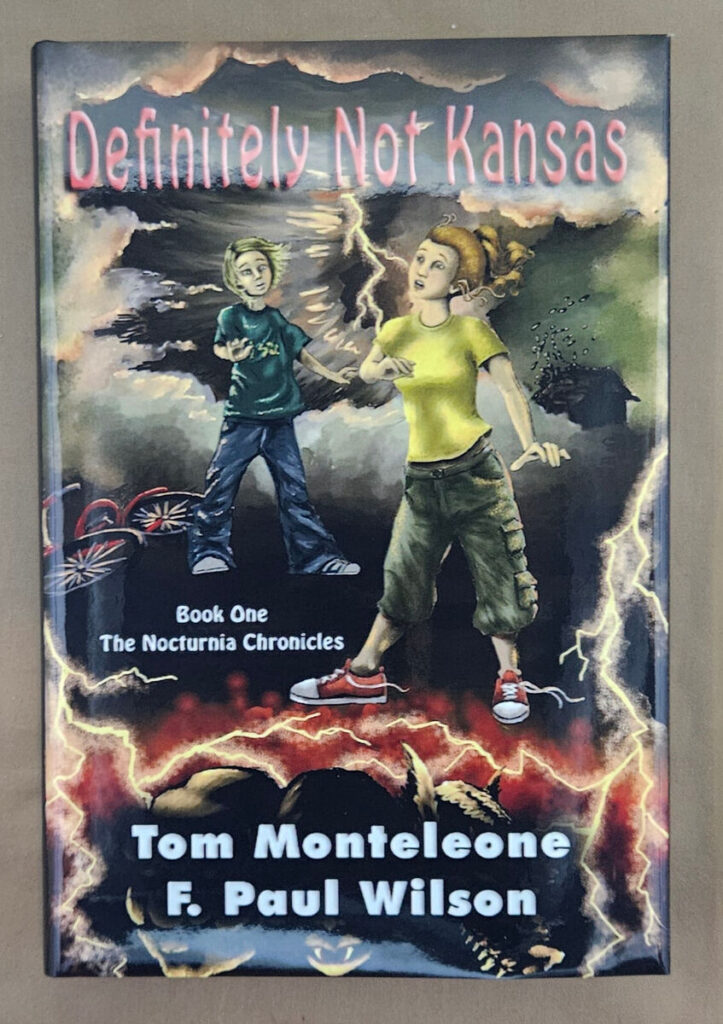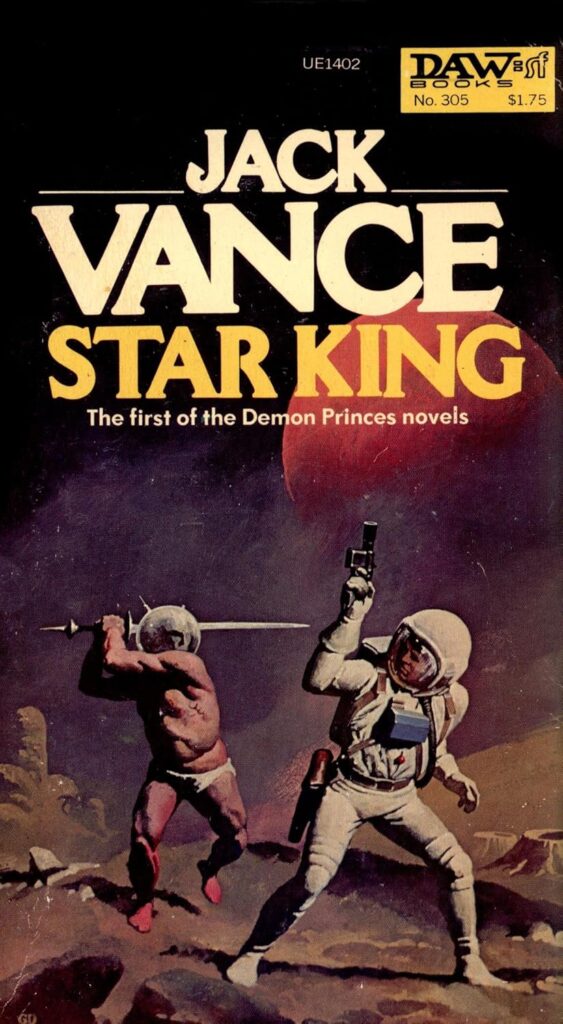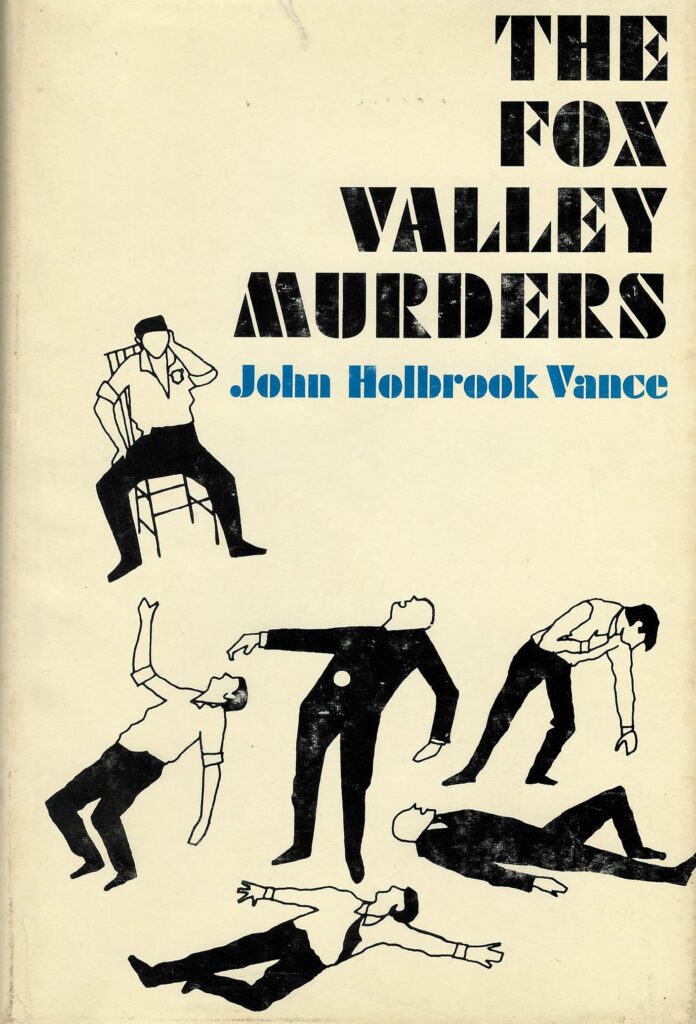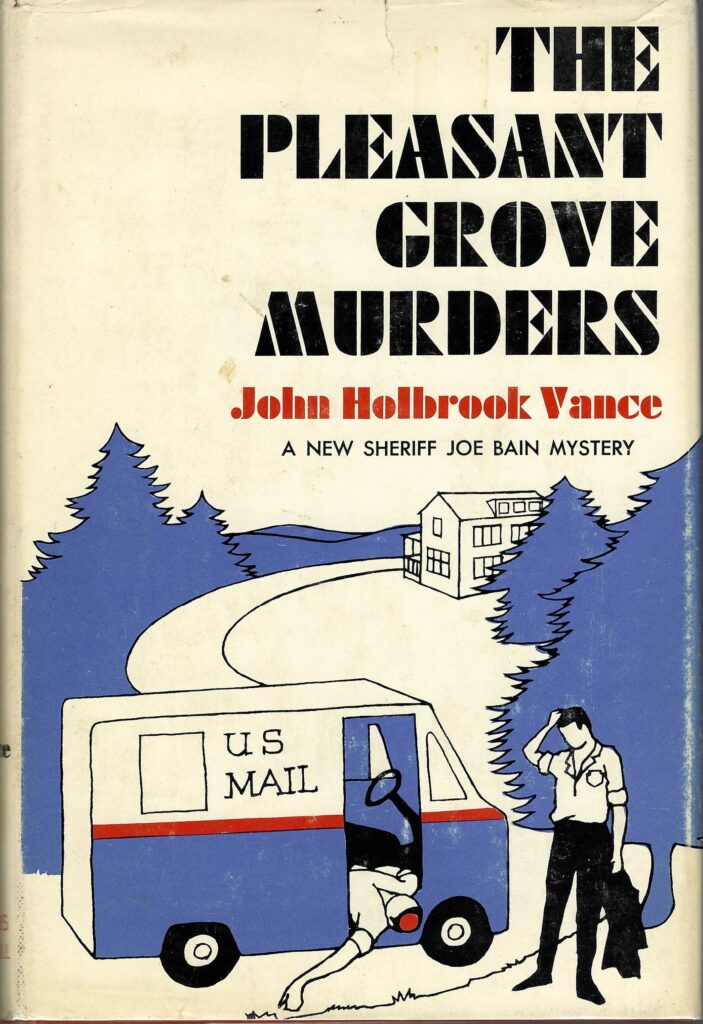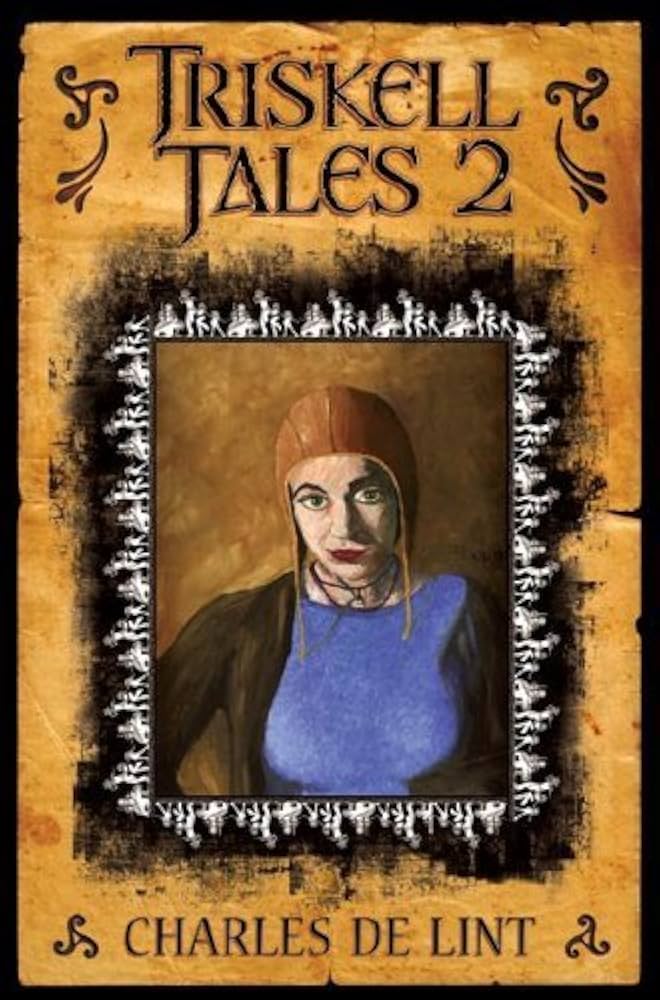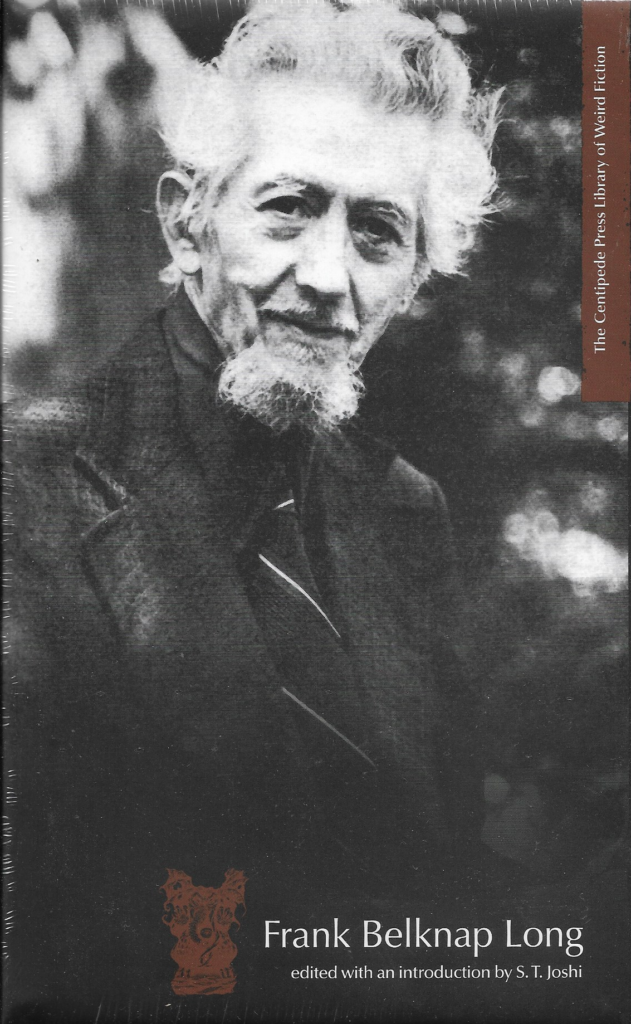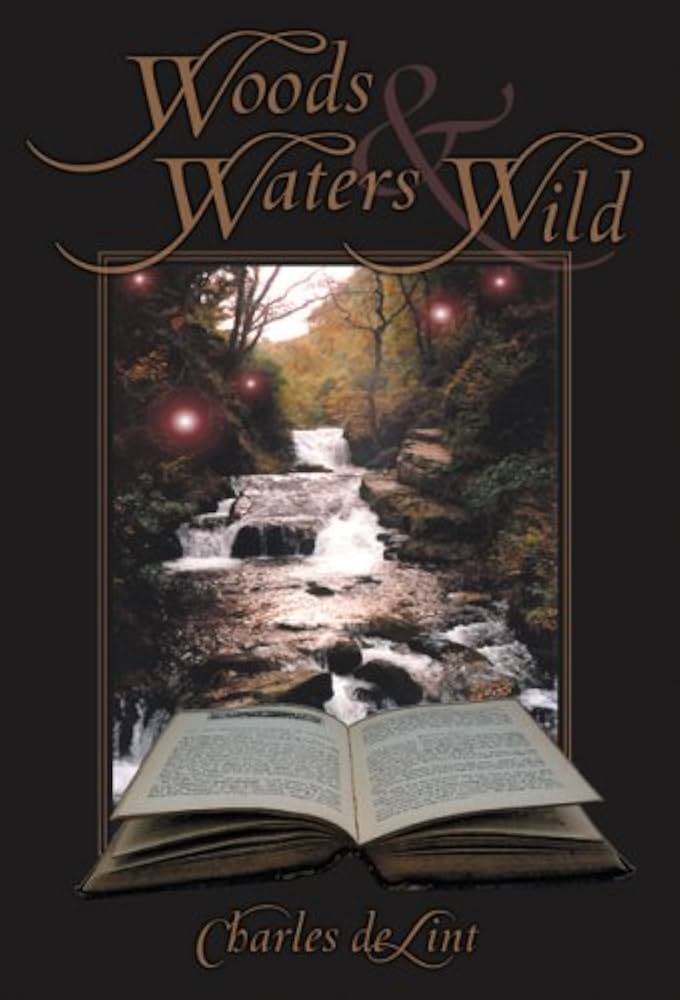Kelly Link has published several short story collections, such as Magic for Beginners, Get in Trouble, Stranger Things Happen, and others. The Book of Love is her first novel, as far as I’m aware. I picked this up in a local bookstore, having enjoyed reading several of her short stories.

It’s a hefty book, clocking in at over 600 pages, which is a massive step up for someone known more for short fiction. The copy that I bought is apparently a second printing, which is a good sign for Link, especially since it was released in this year. There’s an OCD element in me that kicks myself for not checking to see if it was a first edition, but what the heck.
Checking the list of publications, I see that I’ve missed two books: Pretty Monsters, and White Cat, Black Dog. There was a big gap between Get in Trouble (2016), the last collection of hers that I have, and White Cat, Black Dog (2023). Not sure how I missed that book, as Link’s one of those current writers of short fiction that always brings interesting things to light.
At the same book store where I bought the Link novel, I saw a pair of books by Tim O’Brien. I almost bought one, called The Things They Carried, until I learned that my wife already had a copy. The other book was the trade paperback edition of America Fantastica, his latest novel. Running short on time as we needed to be somewhere else, I made a mental note to return to that store for the book. However, that same night I went to another bookstore, and found a hardback first edition of the same novel.

This is O’Brien’s first novel in two decades, which in an of itself is an amazing fact. A glance at the cover’s synopsis reminds me of the novels of Neal Barrett, Jr. I’ve not read anything by O’Brien, but I was looking to try new things and his name had cropped up recently when discussing current American fiction with someone.
The name Tom Reamy has cropped up now and then recently in collections by other writers. Several other writers who knew Reamy praised him as a writer with great promise. Reamy died at the age of 42, in 1977, while working away at a story on his typewriter, which is the quintessential writer’s death. I don’t think I’ve seen any copies of his books in new or used book stores over the years, and I bought this one online.
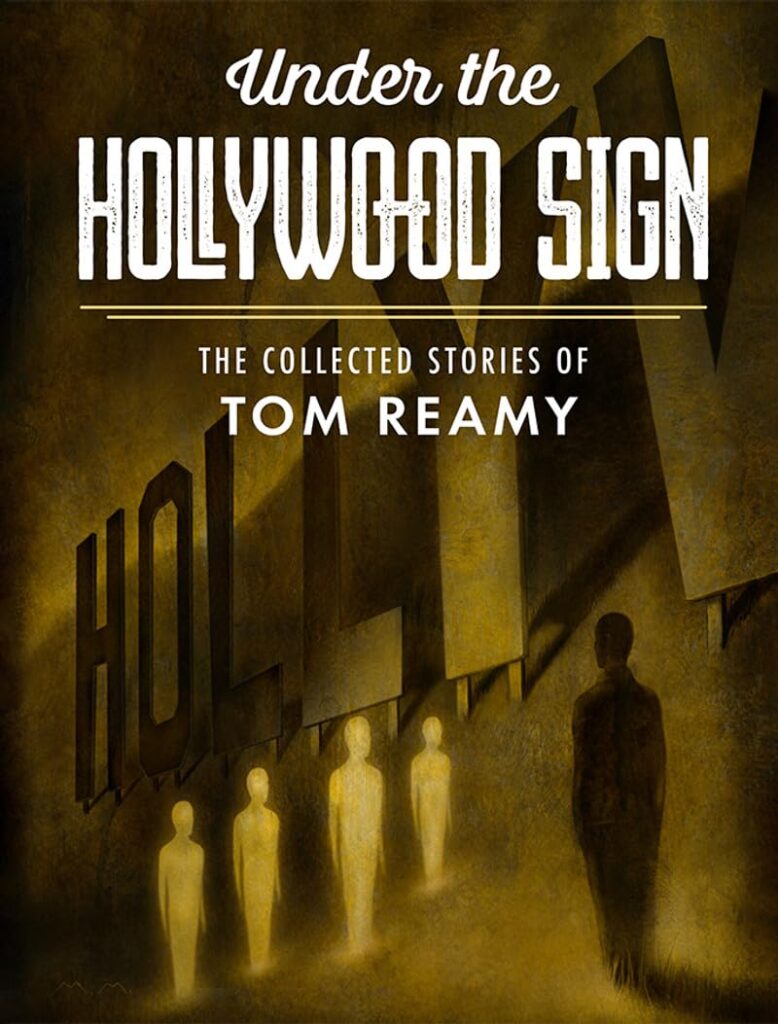
Under the Hollywood Sign is a collection of most of Reamy’s stort stories, published in a limited edition of 750 copies by Subterranean Press in 2023. It collects stories from his 1978 collection, San Diego Lightfoot Sue and Other Stories, plus two others. A novel, Blind Voices, was published posthumously. One of the stories apparently had been sold to Harlan Ellison’s ill-fated anthology, The Last Dangerous Visions. While many of the stories that originally sold to Ellison for that book were withdrawn, the book itself finally was published this year, edited by J. Michael Straczynski. JMS is known more for Babylon 5, but as the executor of Ellison’s estate, is on a mission to bring Ellison’s fiction and legacy back into the public eye.

